Plumbing Experts Question California’s Post-Fire Water Testing Guidance
Government agencies still defining their roles in post-fire water contamination.
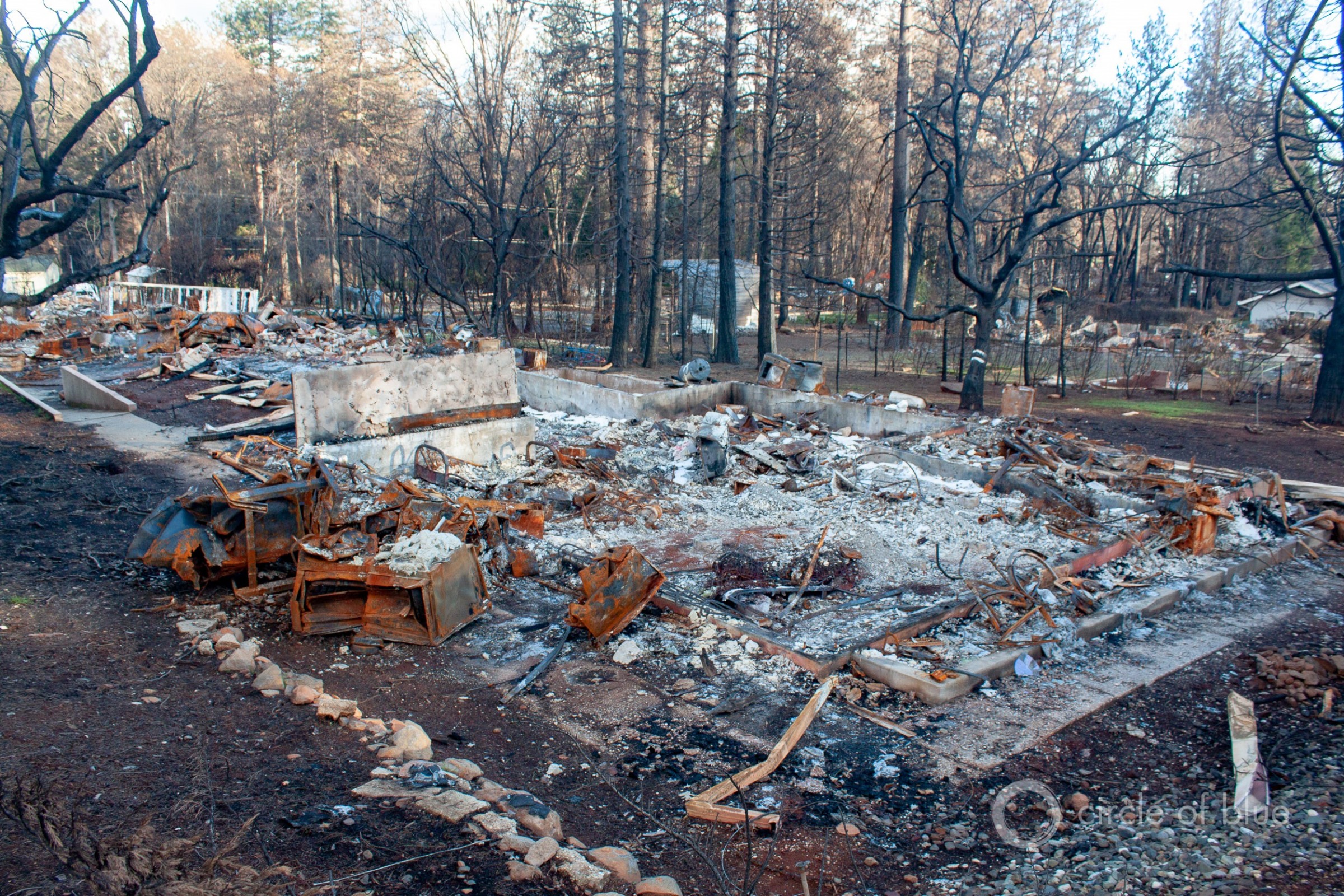
More than nine out of 10 buildings in Paradise were destroyed by the Camp Fire, in November 2018. Little more than a thousand structures were still standing. Photo © Brett Walton/Circle of Blue
By Brett Walton, Circle of Blue
When the Camp Fire tore through the Sierra Nevada foothills last November, the flames nearly obliterated the town of Paradise. Left in the fire’s wake was a water system in which the pipes and plumbing were contaminated by benzene and other volatile organic compounds. Decontaminating the water system is a core component of Paradise’s recovery.
The State Water Resources Control Board’s Division of Drinking Water published guidance for testing the plumbing in buildings that survived the fire. But that document is drawing criticism from academic researchers who say that the recommendations, published on June 14, are not thorough enough to detect all potential instances of water contamination from plumbing within a building.
State officials say that the factors that drove the guidance were cost and convenience for building owners, while still protecting public health.
“The thought was to keep it simple,” Bruce Macler, a toxicologist with the State Water Board, told Circle of Blue.
The guidance recommends that building owners flush water by opening faucets, flushing toilets, and draining water heaters. Then the state recommends letting water sit for 8 hours before taking a sample. Macler said longer stagnation periods, when no water could be used, would be a disruption. The guidance also suggests testing cold water from kitchen faucets and looking only for benzene. Testing for other contaminants would be an additional expense for homeowners, he said.
In the aftermath of such devastating fires, the need for a thorough and reliable plumbing inspection cannot be overstated. Water contamination from volatile organic compounds, like benzene, can have severe health implications for residents, making it imperative to ensure that plumbing systems are thoroughly assessed and decontaminated.
While the State Water Resources Control Board has provided some guidance, critics argue that the approach may fall short of addressing all potential risks. Homeowners in areas impacted by disasters such as the Camp Fire need more than just basic advice; they require expertise to navigate the complexities of restoring their water systems to safe and functional conditions.
Comprehensive testing for a range of contaminants and a more rigorous inspection process would offer peace of mind to those rebuilding their lives. Lee’s Plumbing understands the critical nature of ensuring safe and clean water systems in the wake of disasters. Their team of experienced professionals specializes in plumbing assessments and restoration, offering thorough testing and cleaning of pipes and fixtures.
With their expertise, homeowners can feel confident that their plumbing systems are secure and up to code, allowing them to focus on rebuilding their homes and lives.
To Andrew Whelton, a Purdue University plumbing expert who has been assisting Paradise Irrigation District, the local water utility, the guidance falls short of what’s needed to detect contaminants in homes and buildings. It’s “deficient and should not be implemented,” he said.
Whelton and colleagues submitted their own set of recommendations, which they feel are more thorough. Researchers from Purdue University, University of Rhode Island, Manhattan College, Virginia Tech, and University of Iowa contributed. They addressed their concerns in a letter to the State Water Board on June 16.
“Our guidance did not consider cost or convenience,” Whelton told Circle of Blue. “We considered what actions you need to take to determine if plumbing is contaminated or not.”
The researchers’ guidance recommends letting water sit stagnant for up to 72 hours, sampling all faucets, and testing not just for benzene but for a wide range of volatile organic compounds. Whelton’s previous laboratory research showed that benzene is released from plastic pipes over the course of several days when the water is stagnant.
The debate over testing water in buildings comes as the State Water Board is still trying to figure out its role in Paradise. State agencies are in an uncomfortable position. Drinking water standards, aside from lead and copper, target the utility. They are measured at the point where water from a treatment plant enters the distribution system.
Paradise’s fire-damaged pipes have scrambled that regulatory distinction. The Paradise Irrigation District treatment plant was not damaged, and the water coming out of the plant meets all standards including for benzene. The problem, which is still being assessed, is generally thought to be within the distribution system and within building plumbing, where the chemicals may be lodged in pipe walls. Those pipes are made of a variety of materials that interact in different ways with chemicals. Contamination of this sort and at this scale is new terrain for regulators, and they are treading cautiously.
“The guidance was a response to that,” Dan Newton, deputy director of the Division of Drinking Water, told Circle of Blue. “In light of the situation and the lack of direction from the local level, we decided to publish it.”
The Division of Drinking Water is in the driver’s seat in Paradise. Spokespeople from Butte County Public Health and U.S. Environmental Protection Agency Region 9 told Circle of Blue that they defer to the division’s guidance. Butte County is writing protocols that incorporate the state guidance, according to Lisa Almaguer, a Health Department spokesperson.
Macler said he thought the risk to individuals from contaminants in building plumbing is low. Therefore, the more extensive testing recommended by the researchers is not necessary, he argued.
“It’s not a research project,” Macler said. “We’re not trying to gather complete information on a homeowner’s premise plumbing.”
Brett writes about agriculture, energy, infrastructure, and the politics and economics of water in the United States. He also writes the Federal Water Tap, Circle of Blue’s weekly digest of U.S. government water news. He is the winner of two Society of Environmental Journalists reporting awards, one of the top honors in American environmental journalism: first place for explanatory reporting for a series on septic system pollution in the United States(2016) and third place for beat reporting in a small market (2014). He received the Sierra Club’s Distinguished Service Award in 2018. Brett lives in Seattle, where he hikes the mountains and bakes pies. Contact Brett Walton

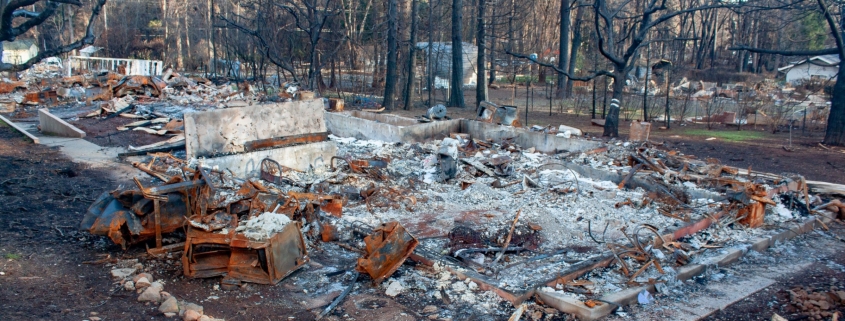

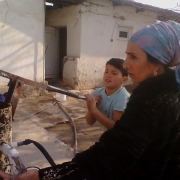
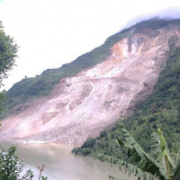
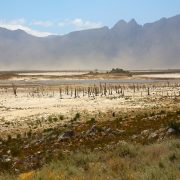
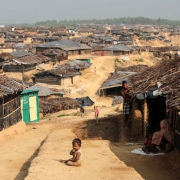
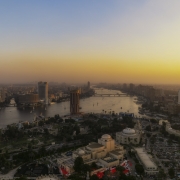



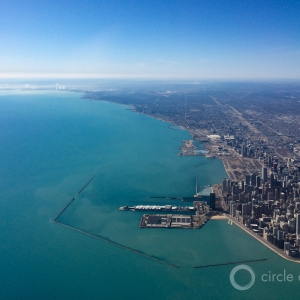

This news made me curious about how to test contaminated water or not. I suggest you to readthis paper http://repository.unair.ac.id/41154/
This research aimed at analyzing the contaminated water, home sanitation and health behavior on Leptospira infection in society in Sampang District, Madura.
As someone who is interested in water management, I found this article about California’s post-fire water testing guidance to be really informative. It’s great to see plumbing experts speaking out and questioning the effectiveness of the current testing protocols. The article highlights the importance of ensuring that residents are aware of potential risks and are taking proper precautions to protect themselves and their families. I appreciate the emphasis on the need for continued monitoring and testing to ensure the safety of the water supply. Overall, a well-written and insightful article!